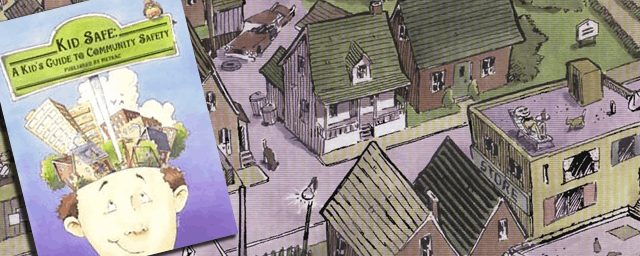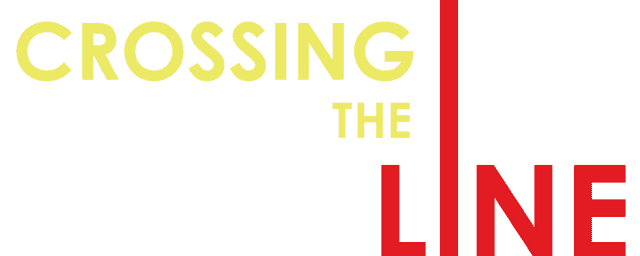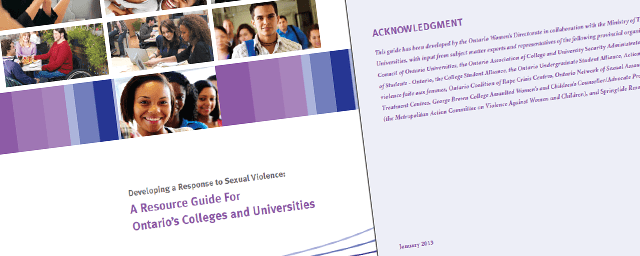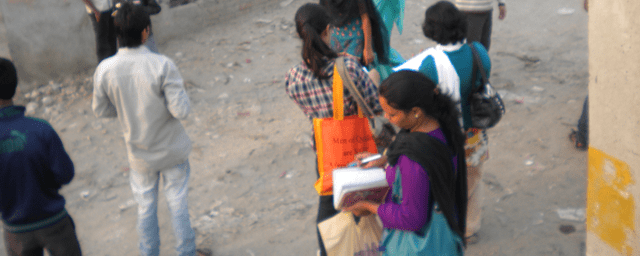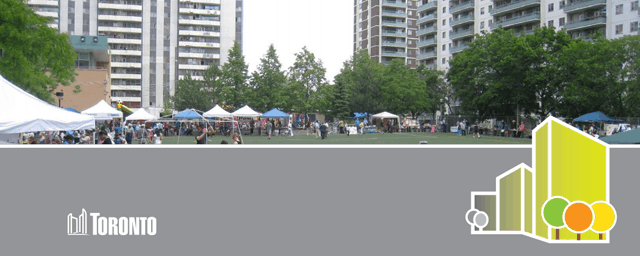We promote safety for women, youth and others at high risk of violence and harassment. Through Safety Audits, research and policy work, we build safer neighbourhoods, schools, campuses, workplaces, institutions and public spaces for everyone.
Key factors explored
Fear of violence, risk factors for sexual harassment and assault, risks for those at higher risks (e.g. women, youth, LGBTTIQQ2S communities)
- Best Practice, UN-HABITAT’s Safer Cities Campaign (2008-2013)
- Vital Idea, Toronto Community Foundation (2004)
- Recommended for every neighbourhood, City of Toronto’s Task Force on Community Safety (1999)
METRAC’s Safety Audit Process is an action tool to build safer neighbourhoods, schools, campuses, workplaces, transit systems, living spaces and public spaces. It combines best practices of Crime Prevention Through Environmental Design (CPTED) with culturally competent, community development approaches, Participatory Action Research and a gender-based violence analysis. It is a catalyst to reduce sexual violence, assault, harassment and discrimination against women, youth and others at high risk and makes spaces safer for everyone.
Major outcomes from our audit includes:
- Designated Waiting Areas and Request Stop Program in Toronto Transit Commission (TTC) system
- parking garages well-lit in the City of Toronto, as well as other by-law improvements
- safer living spaces through partnerships with Toronto’s Tower Renewal program and other urban/community planning projects
- assault prevention programs and services for women and LGBTTIQQ2S communities on campusesbetter safety policies and practices in hospitals and other workplaces
“METRAC’s women’s safety audit has been used widely both nationally and internationally. It has been disseminated and adapted by groups of women all over the globe.” (“Women’s Safety Audits: What Works and Where”, Women in Cities International, UN-HABITAT)
“Over the past twenty years, the women’s Safety Audit has been used in communities and neighbourhoods from Petrozavodsk, Russia to Dar es Salaam, Tanzania. The Safety Audit has been adapted to multiple settings and groups, carried out jointly with local government representatives, and evaluated, such that this tool is now internationally-recognized as a ‘best practice’.” (Ask Questions About Women’s Safety in the City, UN Women)
Background
METRAC pioneered the first Women’s Safety Audit in 1989. In 1992, we partnered with the Council of Ontario Universities and Colleges to launch a Campus Safety Audit Process. In 1994, we partnered with the Toronto Transit Commission (TTC) to audit public transit.
Ever since, our audit has been used and adapted across Canada and around the world. Chances are you’ve been in a space made safer by METRAC’s Safety Audit.


